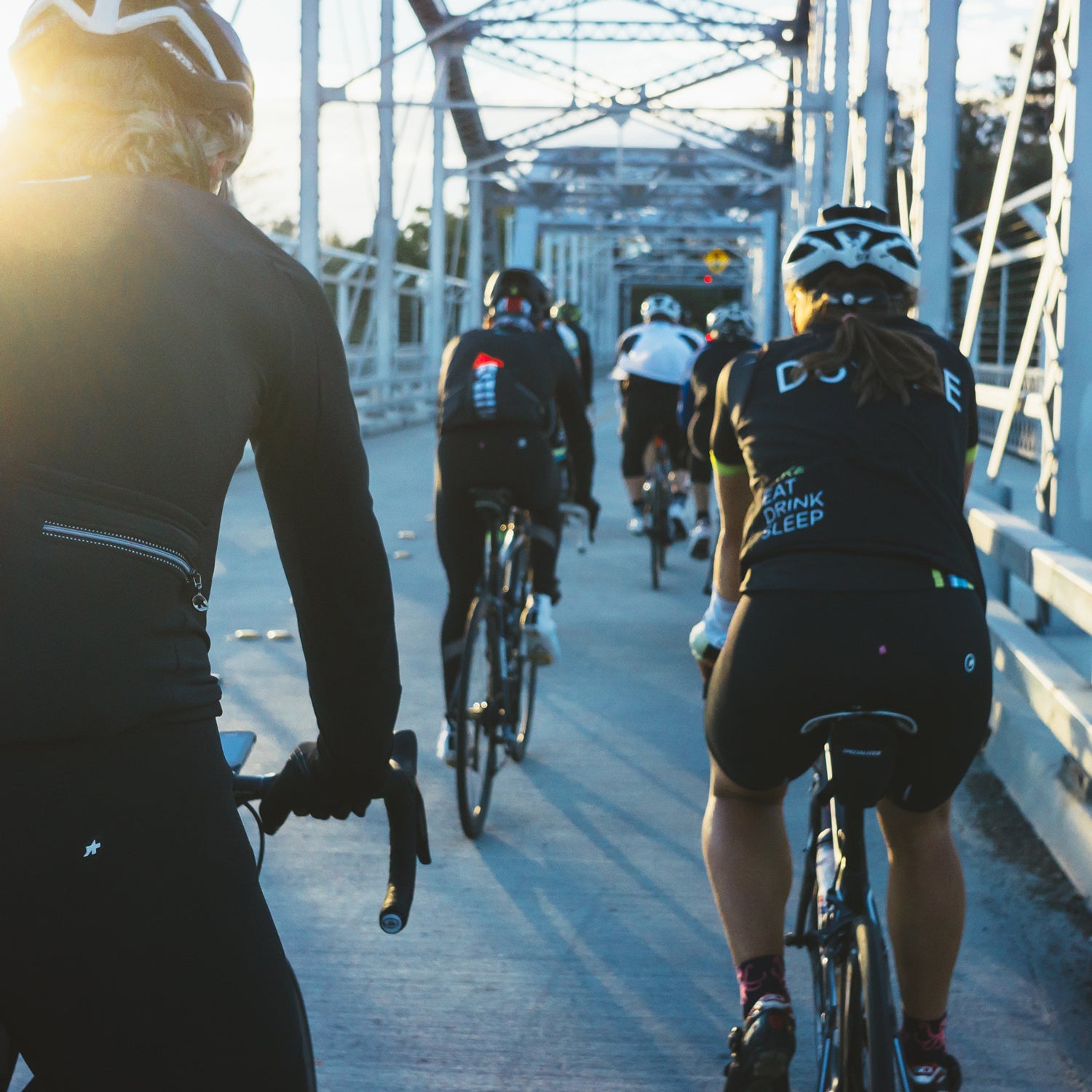Just because cycling is a low-impact activity doesn’t mean it’s an injury-free pursuit—even when you stay rubber side down. Of course, there are some inherent high-velocity risks. But aside from those, lots of cyclists suffer from several common injuries unrelated to crashing. Luckily, many are curable—and usually avoidable with a few important tweaks to equipment or training routine.
For expert advice on cycling injuries and how to beat them, we asked , a sports medicine doctor in New York City who’s also an experienced cyclist. To dial in your bike fit, we suggest using Competitive Cyclists’ .
Saddle Discomfort
This is a catchall term for the pain caused either by achy sit bones from too much pressure on the saddle or from saddle sores—which are abrasions from too much friction between you and your seat.
How to Prevent It: A number of things can cause pain in this region, so Metzl recommends the doing plenty of core-strengthening exercises and getting a good bike fit. Often, saddle pain or friction occurs when the saddle is too high. As for saddle sores, be sure to wear properly fitting shorts, and try chamois cream in your nether regions. It’s important to them when they start out as hot spots, before they become full-blown sores with the potential for infection. Also consider to one with a better shape or cushioning (less is often best) that feels right to you. Many bike shops will help fit you to a saddle of the right width and even allow you to try different models until you find one that works. Finally, invest in a high-quality pair of bib shorts.
Cyclist’s Knee
Though lots of people take up cycling to ease pain in their knees, cycling doesn’t always entirely relieve this pain—even a quarter of pro cyclists suffer from knee injuries, in the American Journal of Sports Medicine that looked at seven professional cycling teams. Similar to runner’s knee, this is patellofemoral pain in and around the kneecap. Cyclists can get it from muscle tightness or a bad bike fit.
How to Prevent It: “Cyclists are notorious for not stretching,” Metzl says, “so I have my cyclists get on a foam roller, which really helps them a lot.” He recommends rolling the quads, hamstrings, and calves. And stretch, of course. Also: Check your seat height and setback against an online calculator.
Back Pain
It’s probably no surprise that hours spent in the cycling position can give riders soreness throughout the neck and spine. than cycling with strong muscles and a properly fitted bike.
How to Prevent It: Make sure your saddle is the right height—one that’s too low or too high can aggravate lower-back pain. And be sure the rest of the bike’s geometry fits you so that your spine is in a neutral position and not rounded. Most riders will benefit from a more relaxed fit—with the bars higher and closer to the body—that prioritizes comfort over aerodynamics. Finally, Metzl recommends core strengthening and foam rolling to ensure flexibility and a greater range of motion.


